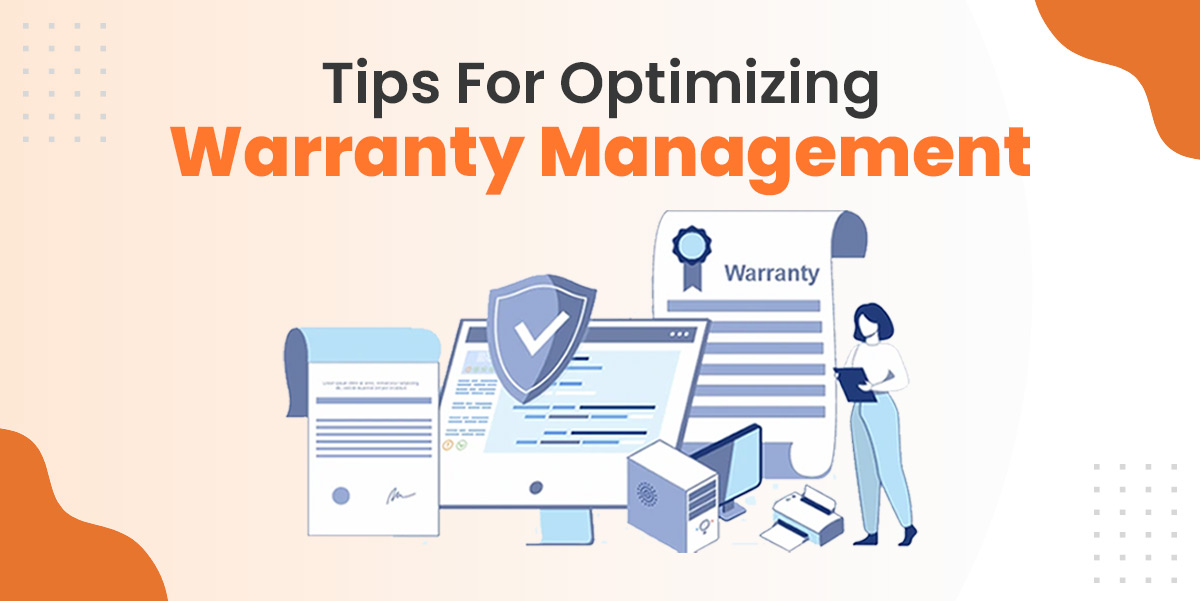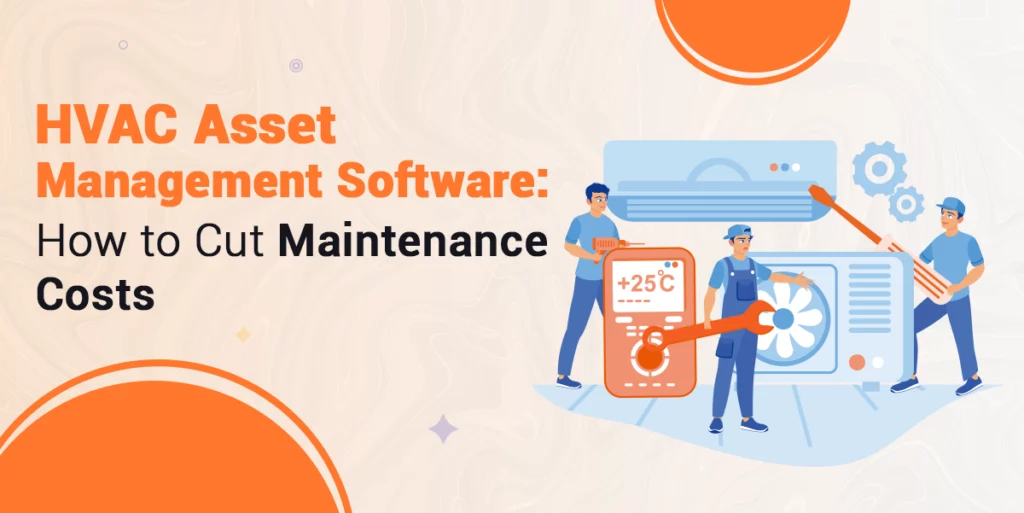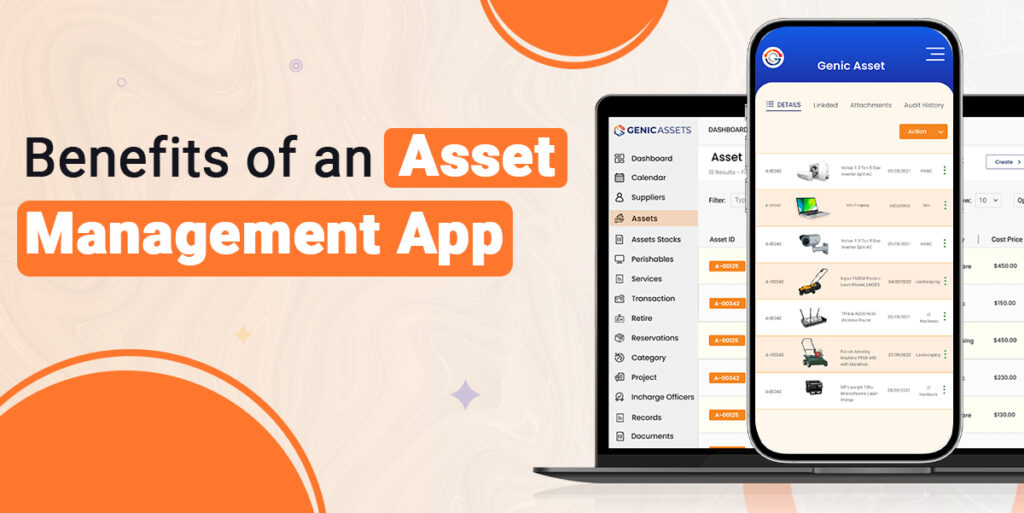
Effective warranty management is critical for businesses offering products with guarantees. A strong system helps you minimize costs, increase efficiency, and elevate customer satisfaction. However, many companies stumble when trying to track claims and streamline these processes.
Let’s explore practical tips to optimize warranty management and simplify your operations.
Understand your warranty expenses to manage warranties well. Start by reviewing past claims, and tracking repair costs, labor, and shipping fees. Analyze the data to identify patterns in claims and expenses.
For example, certain products may require more frequent repairs. Look for recurring problems and figure out how to improve product quality. Tracking warranty costs also help shape a smarter warranty pricing strategy. Tailor warranties to your product performance, and avoid unnecessary losses.
Handling warranty claims manually wastes time and increases errors. Warranty management software organizes your claims, streamlines processes, and tracks product performance.
It also helps with automation, allowing you to process claims and communicate with customers faster. The software captures detailed data for each claim, ensuring you get a full picture of how your warranties perform. You can automate tasks like creating reports and notifications, reducing the burden on your team.
Customers appreciate quick and easy solutions, especially when they file warranty claims. A confusing or complex process drives frustration and reduces satisfaction.
Simplify the claim process. Provide clear instructions, offer multiple options for submitting claims, and communicate in plain language. Avoid complicated forms and legal jargon in your documents. Train your customer service team to guide customers seamlessly through the process.
When customers understand the steps, claims get resolved faster, improving their overall experience.
Transparent and reasonable warranty terms foster trust. Ambiguous or overly restrictive terms create confusion and dissatisfaction.
Establish terms that outline coverage, duration, and exclusions clearly. State what qualifies for a replacement, repair, or refund. Customers should fully understand your warranties before they make purchases. Providing this clarity prevents unnecessary conflicts and sets customer expectations from the beginning.
Your claims contain valuable information about product performance. Review claims frequently to detect patterns that might otherwise remain unnoticed.
For example, you can track:
Analyzing this data gives you insights into product flaws, helping you improve production. It also helps you anticipate future warranty costs and make informed decisions.
Strong relationships with suppliers can enhance warranty management. Work closely with them to maintain consistent quality in the parts or components they provide.
If defective parts come from suppliers, hold them accountable and resolve the issue quickly. Clear communication with suppliers ensures they understand your quality standards and strive to meet them.
By building strong supplier partnerships, you minimize claims caused by faulty parts.
The best way to reduce warranty claims is to prevent defects before they happen. Set up quality checks throughout your production process to catch issues early.
When customers report product issues, don’t just fix the surface problem. Investigate the root cause and ensure it doesn’t affect other products in your line.
By continuously monitoring product quality, you can improve reliability and reduce claims.
Warranty claims often arise from product misuse. Prevent these claims by educating customers on the correct way to use and maintain your products.
Use simple manuals, videos, or FAQs to explain the proper use. For example, if you sell electronic devices, provide clear guidance on how to maintain battery health or avoid damage. The more customers know about your products, the fewer unnecessary claims you’ll receive.
Customers expect regular updates on their warranty claims. Once they submit a claim, provide status updates and clear communication throughout the process.
Keep customers informed about the next steps and estimated timelines. If there’s a delay, update them right away. Proactive communication fosters trust and reduces frustration.
Use warranty management software to automate this communication, sending customers timely updates without burdening your team.
Your team’s knowledge of warranties directly impacts claim resolutions. Ensure everyone in customer service, support, and sales understands your policies and procedures.
They need to know the terms of each warranty, how to handle claims, and how to assist customers. Proper training reduces errors, speeds up resolutions, and enhances customer satisfaction.
Regularly update your team on any changes in policies or new products with different warranties. Well-prepared employees lead to smoother warranty management.
If you are looking for an effective asset management solution for better management, try Genic Assets Management Software Solutions!
Optimizing warranty management doesn’t just cut costs. It strengthens product quality, deepens customer satisfaction, and builds trust. By uncovering costs, adopting software, simplifying processes, and focusing on transparent communication, you’ll create a system that’s efficient and customer-friendly.
Good warranty management reflects your commitment to quality. It shows your customers that you stand by your products, making their experience better and your business stronger.
Articles you might like







Genic Assets provide complete visibility, traceability, and accountability of your assets!
Get Started






